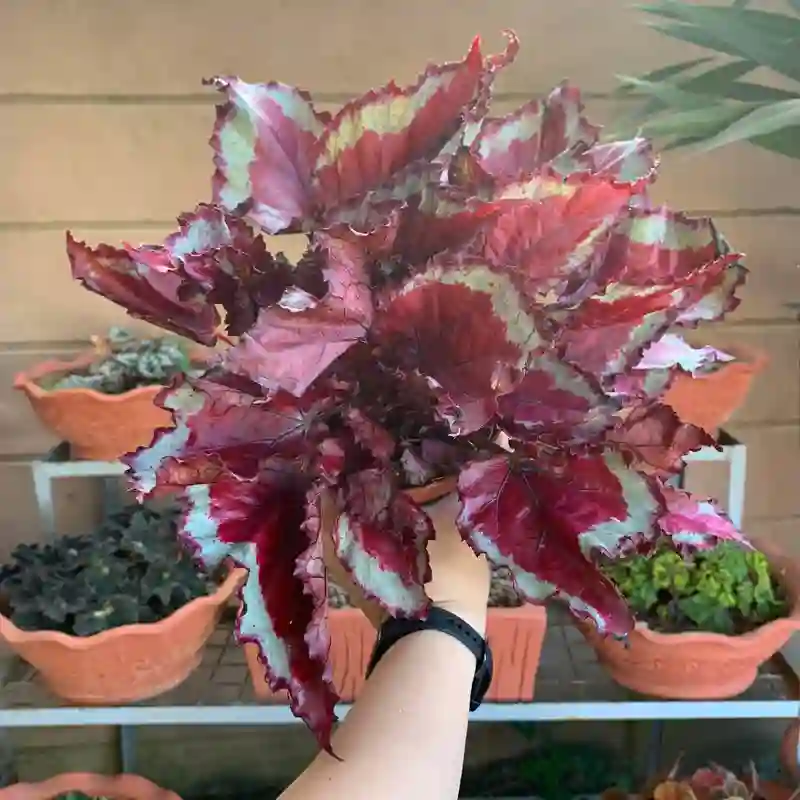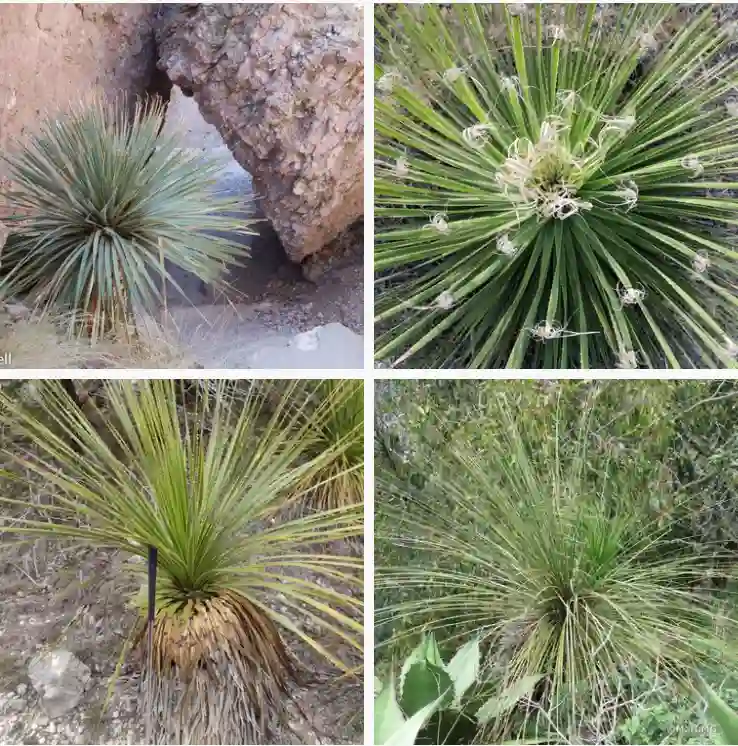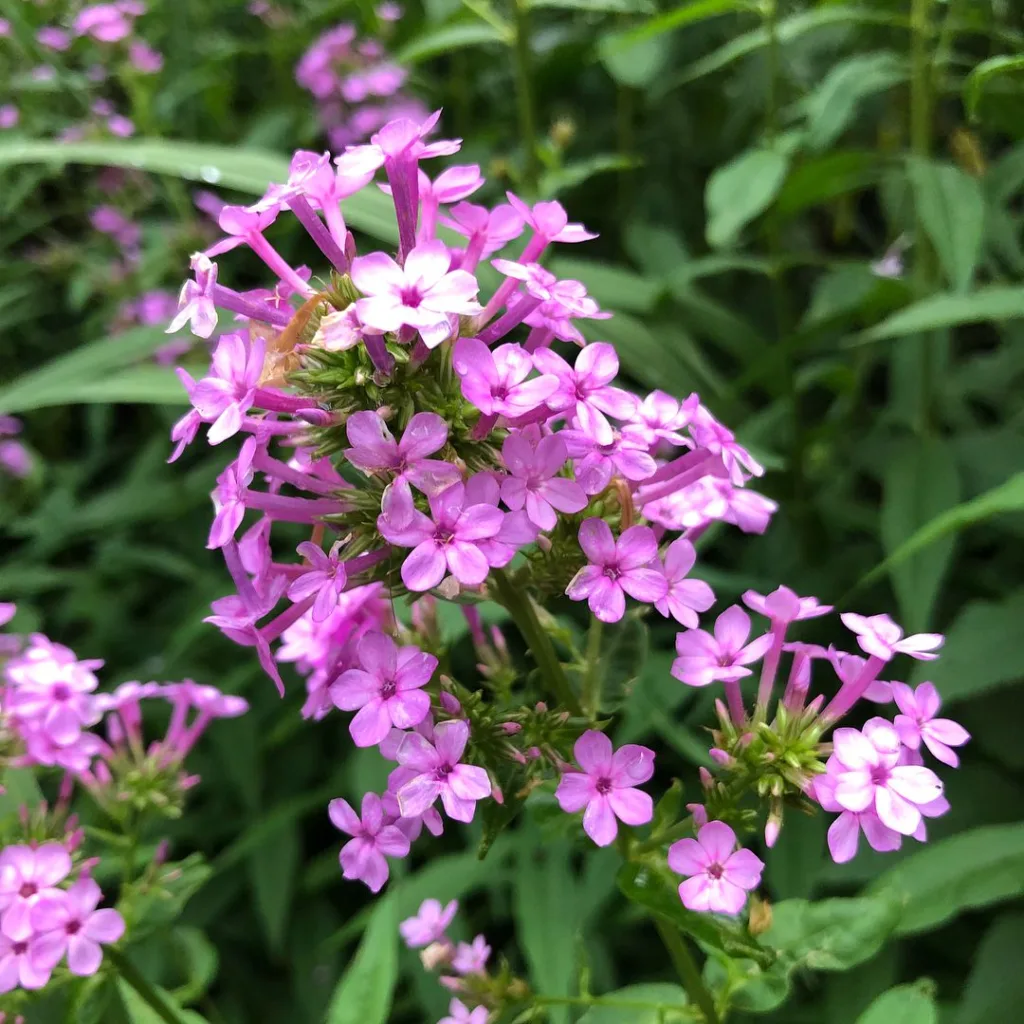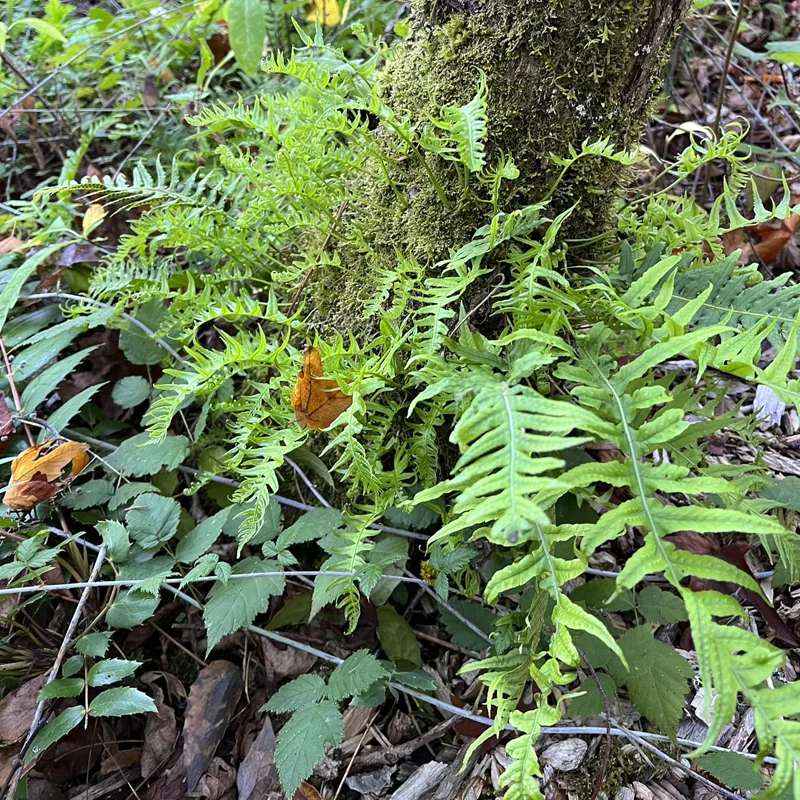
What is Lilium Philadelphicum?
For the patient gardener, there’s a certain magic in cultivating beauty from a tiny seed. The Lilium philadelphicum, also known as the Wood Lily or Philadelphia Lily, is one such plant that rewards dedication with its delicate charm. While not the most difficult flower to grow, it does require a specific touch to coax it from seed to a flourishing summer display.
The Wood Lily boasts a captivating presence. Its nodding, trumpet-shaped flowers, typically orange or red with darker spots, dance on slender stems amidst lush green foliage. Native to eastern North America, it thrives in woodlands and meadows, bringing a touch of elegance to natural settings.
Beyond its aesthetic appeal, Lilium philadelphicum attracts butterflies and hummingbirds, making it a welcome addition to any pollinator-friendly garden.
How to Germinate Lilium Philadelphicum Seeds?
Lilium philadelphicum seeds require a cold stratification period to mimic the natural winter conditions that break seed dormancy. Here’s a step-by-step guide:
- Prepare the Seed Tray: Choose a shallow container with drainage holes. Fill it with a well-draining, sterile seed starting mix. Moisten the mix thoroughly.
- Sowing the Seeds: Gently sprinkle the seeds on the soil surface. Don’t bury them deeply – a light press into the mix is sufficient.
- Cold Stratification: Cover the container with a clear plastic wrap to create a humid environment. Place the tray in the refrigerator for 6 to 8 weeks, maintaining consistent moisture by checking occasionally.
- Warmth and Light: After the stratification period, move the tray to a well-lit location with indirect sunlight. Ideal temperatures range from 68-72°F (20-22°C). Keep the soil consistently moist but not soggy.
- Sprouting and Beyond: Germination can take anywhere from 12 to 25 days. Once seedlings emerge, remove the plastic wrap and provide good air circulation. Thin overcrowded seedlings to ensure healthy growth.
How to care for Lilium Philadelphicum?
As your seedlings mature, provide them with proper care to promote healthy growth and eventual blooming:
- Light: Maintain indirect sunlight. Too much direct sun can scorch the delicate leaves.
- Watering: Water regularly to keep the soil moist but not waterlogged. Allow the top inch of soil to dry slightly between waterings.
- Fertilizing: Once seedlings have a few sets of true leaves, you can begin fertilizing with a half-strength balanced fertilizer every two weeks during the growing season.
- Potting Up: Once the seedlings are around 3-4 inches tall, transplant them to individual pots filled with a well-draining potting mix.
Patience is Key: When to Expect Blooms
Lilium philadelphicum grown from seeds can take several years to reach flowering maturity. Be patient – the wait will be worth it when you witness the first blooms grace your garden.
The Art of Winterizing Lilium Philadelphicum
Come fall, when the first frosts arrive, it’s time to prepare your Lilium philadelphicum for winter dormancy. Here’s how:
- Cut Back the Foliage: Once the foliage has died back naturally, cut it down to a few inches above the ground.
- Mulch Matters: Apply a layer of mulch, around 2-3 inches thick, around the base of the plant. This helps insulate the roots and protect them from harsh winter temperatures.
- Location, Location, Location: In colder climates, consider protecting potted Lilium philadelphicum by placing them in an unheated garage or shed where temperatures stay above freezing.
Conclusion: The Reward of Patience
The Lilium philadelphicum may require a bit more effort than some plants, but its delicate beauty and ecological value make it a worthwhile addition to any garden. With a little patience and these helpful tips, you can successfully cultivate this woodland gem and enjoy its vibrant blooms for years to come.
If i die, water my plants!



